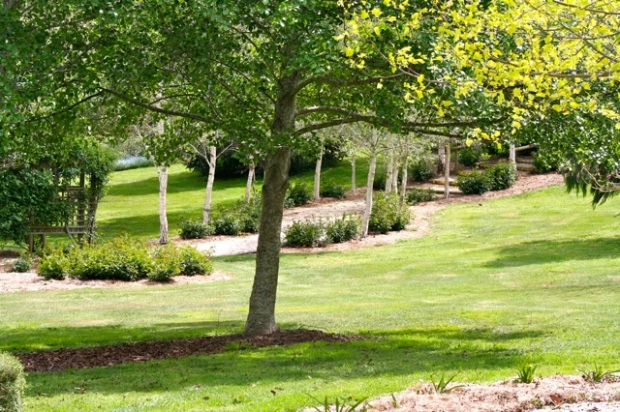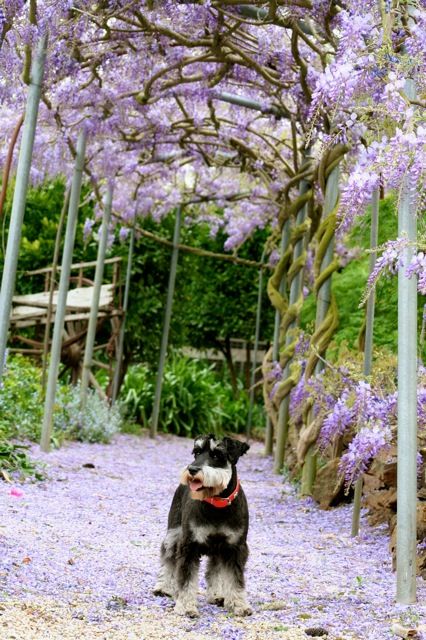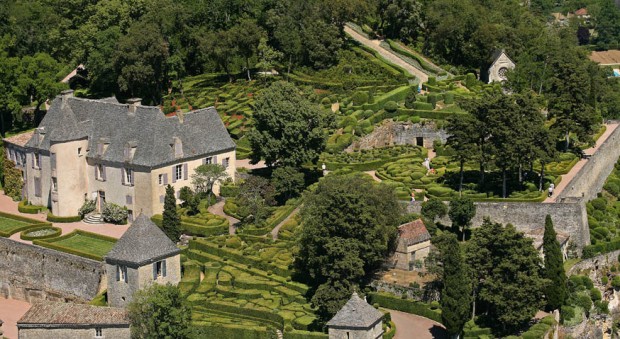Earlier this summer my friend Bridget invited me to see her parent’s garden in Canyonleigh. I knew from her expression that I was in for a treat, but nothing prepared me for the scale and size and beauty that was in store. From a bare 10 acre paddock, Susan and John Carter have created an amazing oasis – a paradise. 19 years of love and inspiration was spread out before me. Kilometres of pathways wind through covered walkways, avenues of birches and maples, trees and hedges of every kind, arbors of wisteria, dramatic hedges of Rosa rugosa Scabrosa, and this (below) outstanding camellia walk shaded by trellis and trained into tiers of loveliness. How absolutely stunning. I raced home inspired and filled my notebook with sketches of new plans for projects to add excitement and interest to every corner of our ever expanding garden. You see a garden should not be a static place … it is a living, breathing thing and you can do with it what you wish. We are all constrained by budget … but let’s never be limited in our imagination. John and Susan are testimony to the magic that’s possible when you let your creativity run wild. And it is utterly lovely and inspiring. Note: Though they will be babies compared to the lovely example you see below, we will be receiving this week, quite advanced espaliered camellia on trellis … so you might want to try your hand at creating your own Camellia Walk!
Note: John and Susan Carter’s garden “The Burrows” at Canyonleigh is open for inspections by garden clubs and also by appointment. John is an artist who paints under his birth father’s name, Kirton. He established a gallery at The Burrows to showcase his extensive collection of works and it is also open by appointment. Visit http://www.johnkirton.com.au or phone 4878 9384 for details.














